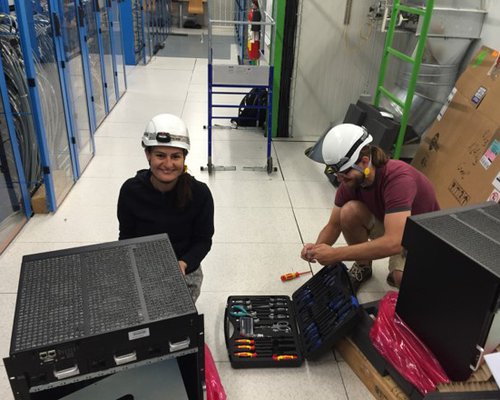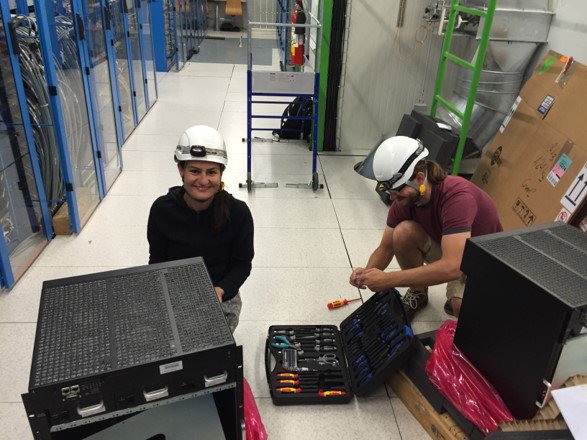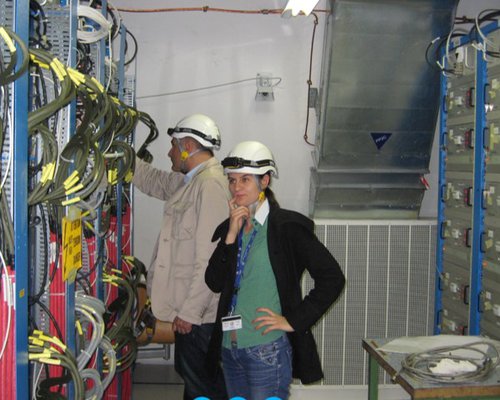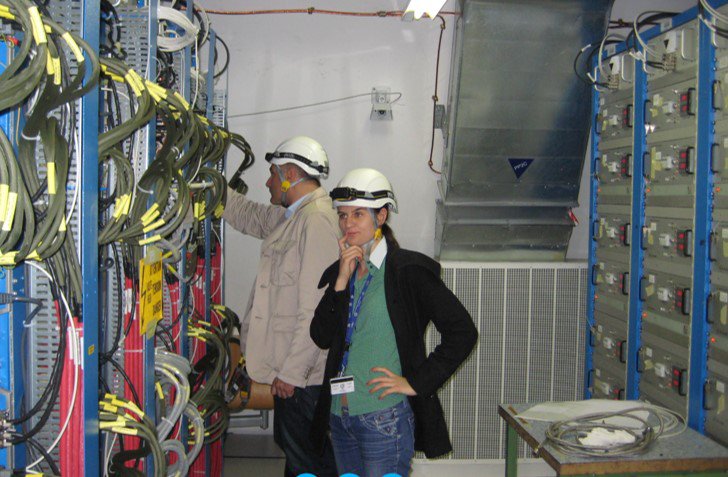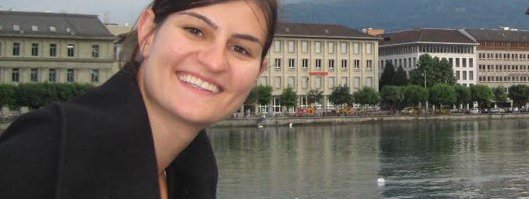Assistant Professor
Experimental Particle Physics and Astrophysics
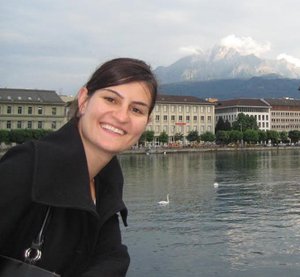
Welcome back to the Department Dr. Ilic. You obtained your PhD from the University of Toronto in High Energy Physics, can you tell us about the work you did during that time?
I was lucky that my entrance into the PhD program coincided with the start of the Large Hadron Collider. This meant that for the first two years, I obtained a lot of experience on hardware related projects, as well as the operation of the ATLAS detector. I worked on the high voltage system of ATLAS’s calorimeter, as well as spent quite some time in the control room ensuring that it operated smoothly. After the initial data taking period, I worked on analyzing data, looking for the Higgs Boson, which we found in 2012.
Why did you choose High Energy Physics?
My father was also a physicist, so his stories about the universe likely had a strong impact on me. In addition, when I was in high school, we had to select a topic to research for our physics class. My teacher suggested that I research something called Dark Matter and Dark Energy. I soon found out that 95% of the universe is made of these mysterious constituents, and that we have no idea what this stuff actually is. It was surprising to realize how little we know about the universe and how much is left to discover. This prospect of discovery excited me, and persuaded me to choose a career in High Energy Physics.
Can you tell us about working on the discovery of the Higgs Boson and what it was like to be part of something so significant?
In short, it was very exciting. We worked in large international teams, which required a lot of communication and collaboration, much of which happened at workshops abroad. This experience, combined with the many hours we poured into the data analysis, made the entire team very close. Working with a team of good friends on a ground breaking discovery was an amazing experience.
Can you tell us a little about what it was like to work on the ATLAS (A Toroidal LHC Apparatus) detector at CERN?
The ATLAS detector consists of many different technologies and has collected unprecedented amounts of data on potential new high energy interactions. This means that you can spend a life time on ATLAS and never stop learning about different types of hardware, electronics, data analysis techniques and computing. In addition to the exciting prospect of discovering new physics processes, there is endless opportunity for people to develop skills in their areas of interest. The job never feels boring or like a routine.
You did your postdoctoral fellowship at Stanford University, what did you work on?
With the discovery of the Higgs Boson, came the next big questions regarding its nature and properties. While at Stanford, I worked on processes in which two Higgs Bosons are produced. This was an attempt to measure how the Higgs particle interacts with itself. We did not have enough data to properly measure this process, but we laid the groundwork for the techniques that will be used in the measurement once sufficient data is gathered. In addition, I worked on the installation and commissioning of an upgrade to the ATLAS experiment, called the Fast Tracker. It consisted of hundreds of electronic boards containing modern FPGAs and custom readout chips.
Now that you are back at U of T, what are your research plans?
Discovering the Higgs Boson was the final confirmation of the accuracy of the Standard Model, a theory that describes how the fundamental particles and forces interact with each other. However, the model has several deficiencies: it fails to provide an explanation for gravity, it fails to explain the experimental observation that neutrinos have mass, as well as the fact that most of the universe consists of Dark Matter and Dark Energy. I am now focused on searching for exotic particles, whose existence could resolve some of these remaining deficiencies, including gravitons, heavy neutrinos, leptoquarks, and dark matter candidates. In addition, I am also becoming involved in a new experiment, called DUNE, that aims to measure the properties of the most mysterious particles in the Standard Model, the neutrinos. Both ATLAS and DUNE will utilize the same electronics system to read out the data, which is another recent focus of my research. Finally, I am starting to explore how quantum computing can be utilized to solve problems in high energy physics.
What excites you the most about being back in Toronto?
I am excited to be working again with my previous collaborators. The Toronto group is a very large and productive one within the ATLAS experiment, so I am looking forward to collaborating with them again. I think that University of Toronto has some very talented students, so I am also looking forward to exploring new ideas and projects with them.
Finally, what do you like to do in your spare time?
I enjoy a wide variety of outdoor activities, including hiking, climbing, snowboarding, wake boarding and kite surfing. I also enjoy reading about a wide variety of topics from history, psychology, archaeology and other sciences.
